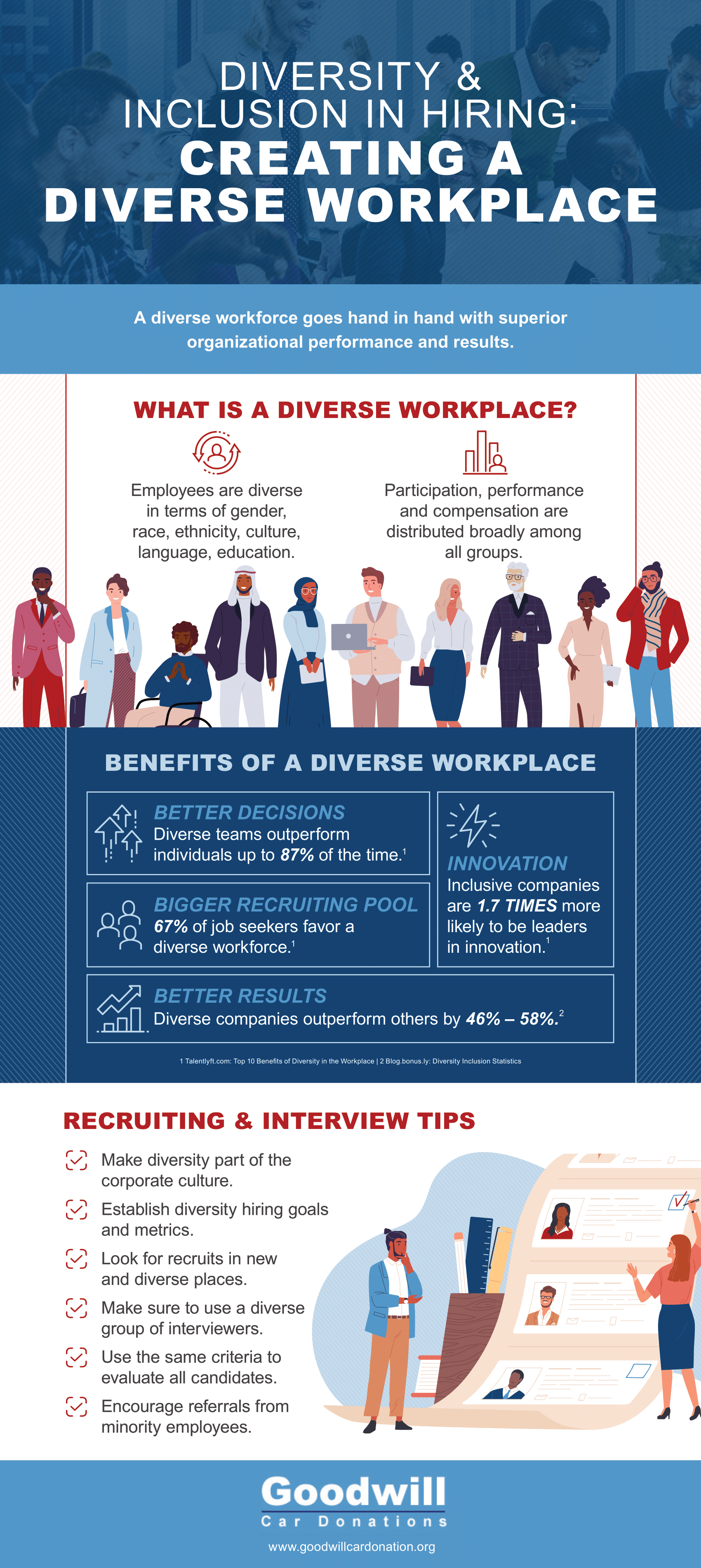Embracing Diversity and Inclusion in Modern Hiring Practices
In today’s evolving workplace landscape, diversity and inclusion in hiring have become pivotal elements for fostering innovation, equity, and organizational success. Embracing diversity goes beyond mere representation; it celebrates varied perspectives, backgrounds, and experiences that enrich teams and enhance decision-making. By actively seeking diverse talent, organizations cultivate environments where every individual feels valued and empowered, leading to higher employee engagement and retention. Inclusive hiring practices ensure fairness throughout the recruitment process, mitigating biases and promoting equal opportunities for all candidates. Moreover, diverse teams are proven to be more creative and adaptable, capable of solving complex problems with greater agility. As global markets continue to diversify, businesses that prioritize diversity and inclusion not only reflect the communities they serve but also gain competitive advantages through broader insights and innovation. Thus, embracing diversity in hiring isn’t just a moral imperative but a strategic imperative for future-ready organizations.

Startups went into service spree in 2021 when VC cash was flowing and the job market was hot. But many overindulged in the talent pool and then had to make major cutbacks and layoffs in 2022. The worst for startups is probably yet to come.
This is not a pattern that companies want to fall back into as the market recovers and then picks up again. And maybe they won’t this time because VCs are likely to start paying a lot more attention to how companies spend their money on hiring.
While many of the massive layoffs of the past year have come from public names like Amazon and Microsoft, startups have also made notable cutbacks. Some, including Better.com, Bolt and Vimeo, have conducted multiple rounds of layoffs over the past year. Many expect that the number of layoffs at startups will not slow down this year.
But there is hope that we will not see this again. Angela Lee, a Columbia Business School professor, angel investor and venture partner, said founders generally list their recruiting plans on a slide at the back of their pitch deck, detailing how they intend to spend the money they raise. Traditionally, she said, that was a disposable slide that VCs didn’t think much of. But it won’t be anymore.
“It’s not saying, ‘don’t hire’ — it’s just that we now have to see the double click why,” Lee said. ‘What do you need X number of million dollars for? Why do you need a chief data scientist and architect?”
